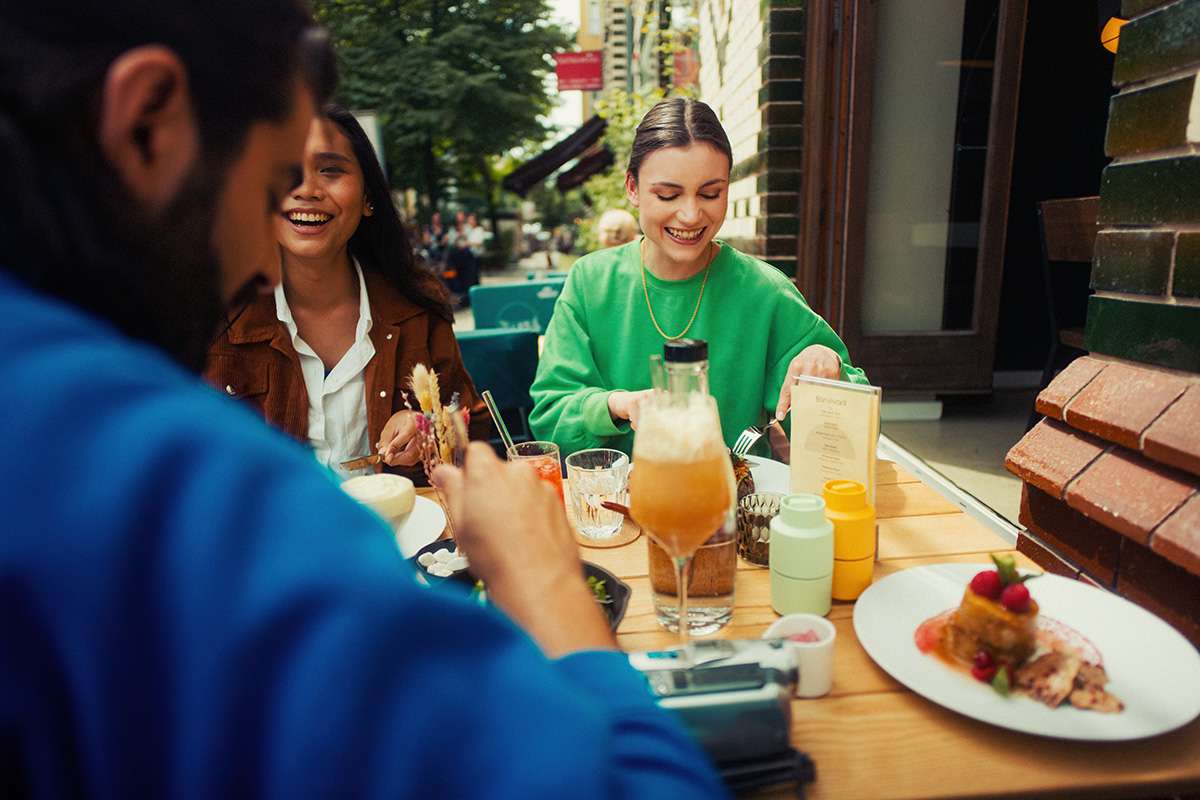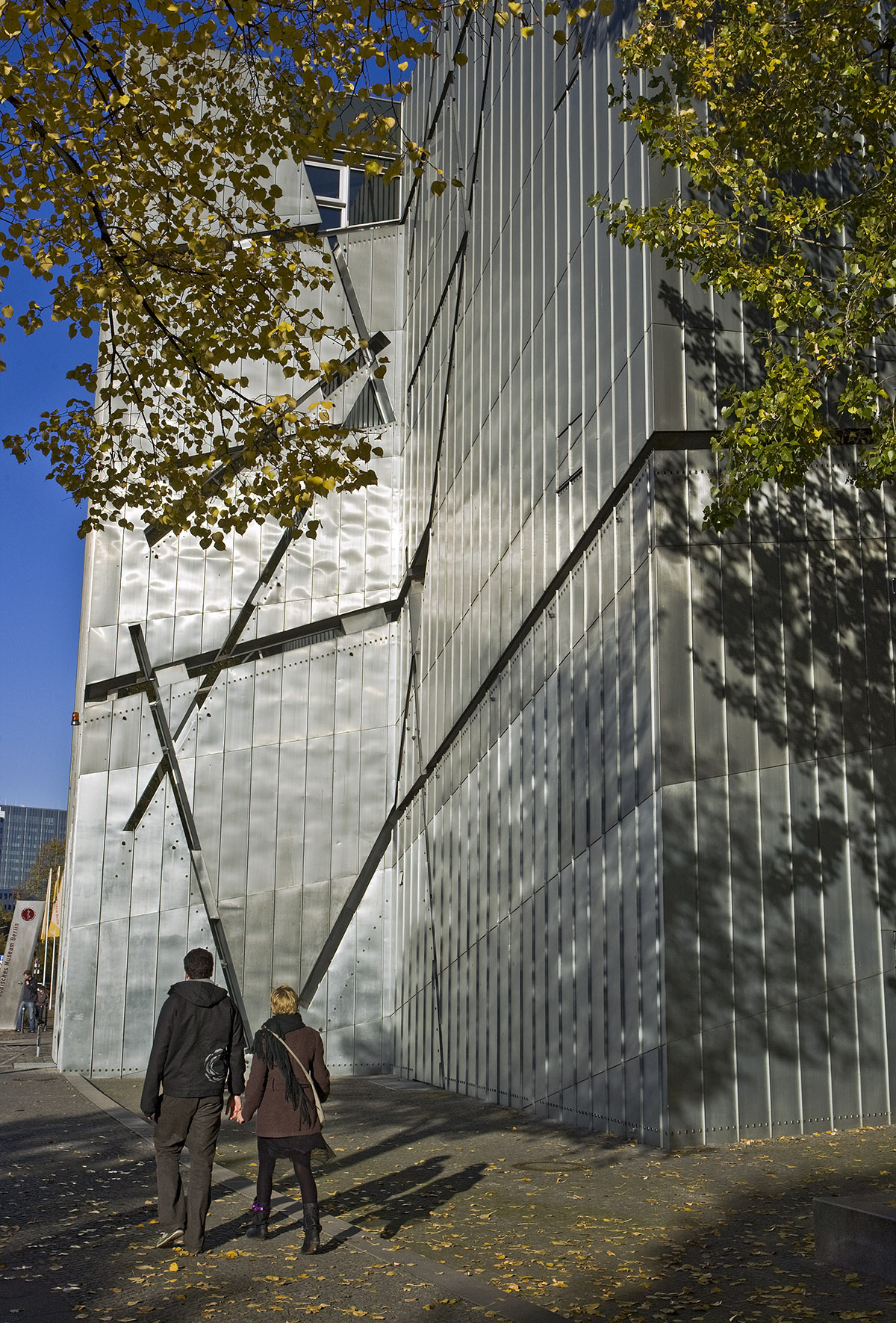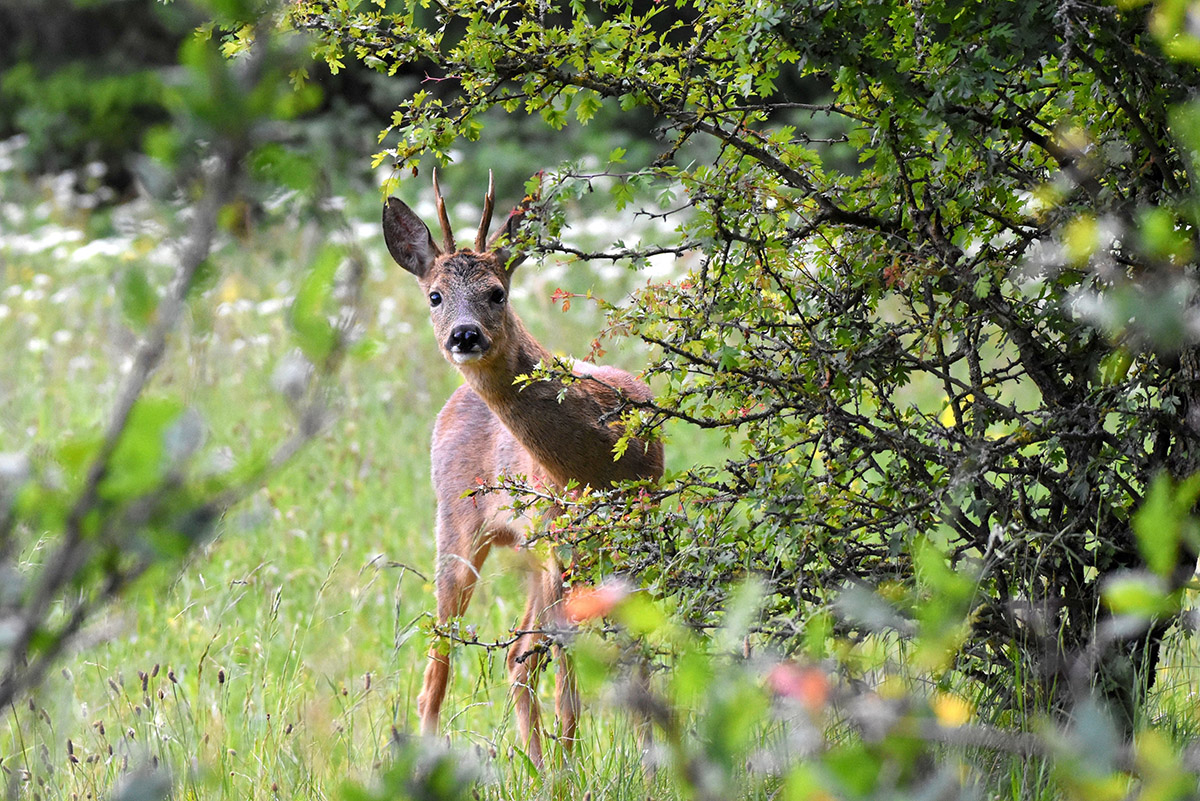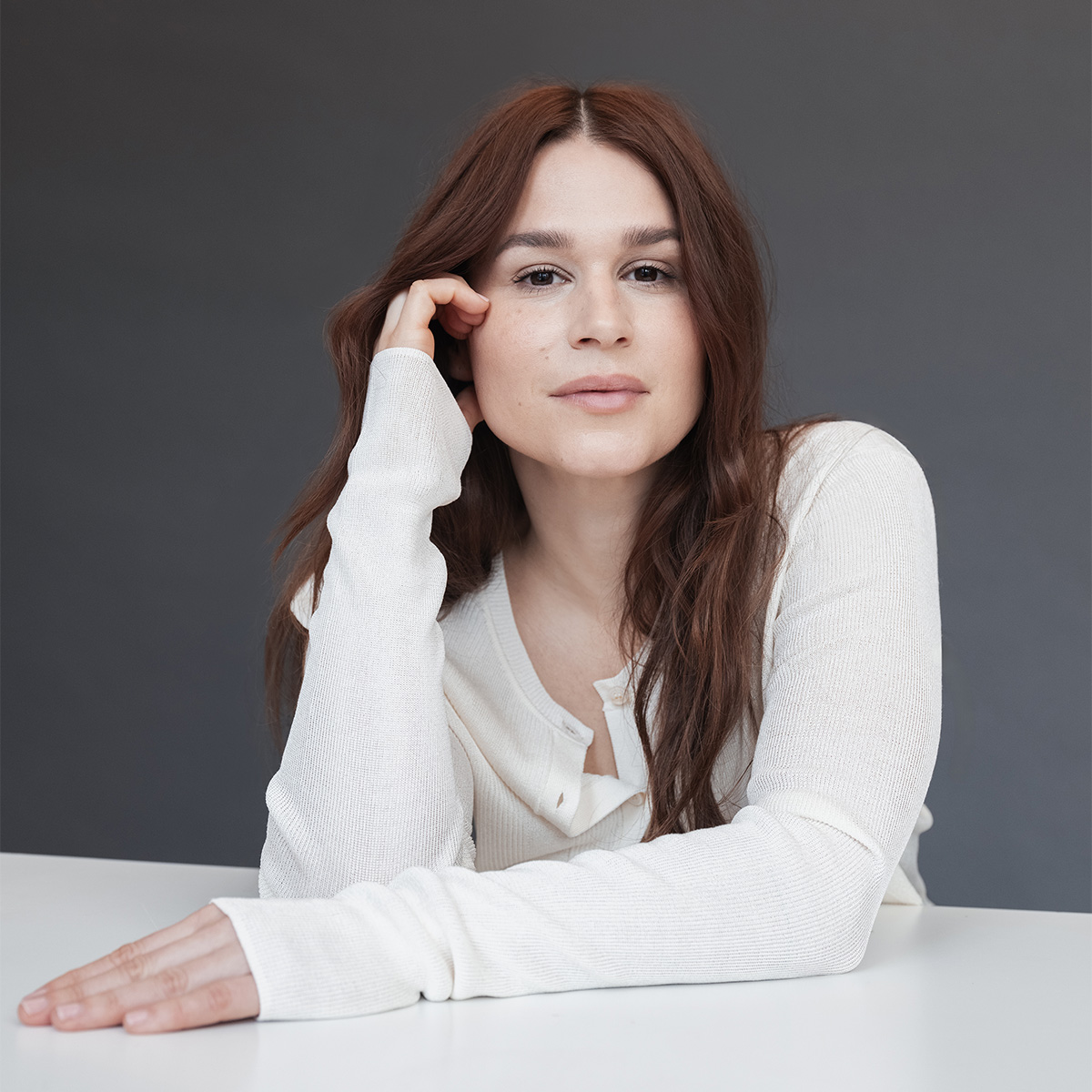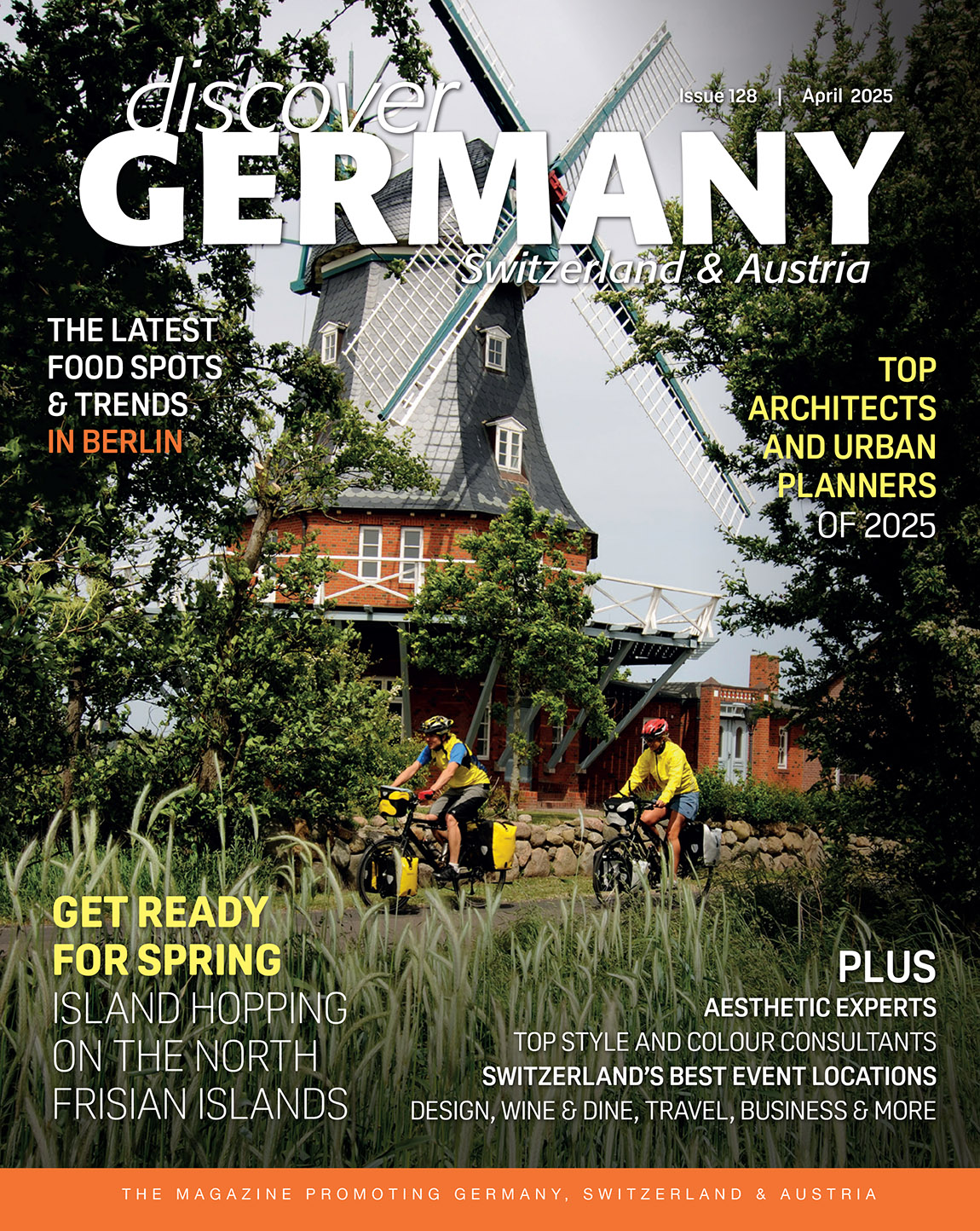BERLIN: THE CRAFT BEER CAPITAL OF GERMANY
TEXT: DANIEL COLE | PHOTOS: YVONNE HARTMANN

At its prime, Berlin was the beer capital of Germany, with over 100 breweries situated in the city, leaving an industrial legacy that can still be seen throughout the urban landscape to this very day. Although the industry went through huge change over the previous century, the city is now seeing a renaissance, this time in the craft beer scene. With new craft beer breweries opening every year, we take a look into what is driving Berlin’s craft beer explosion.
Opening its doors for the first time in Berlin’s Prenzlauer Berg district back in 2019, Bräugier is one of the most recent additions to the city’s craft beer scene. Founded by Brian Trauth, his wife Dasha Smolina, and brewmaster Johannes Dunkel, the brewery was set up to inject some new creativity into the Berlin craft scene.

Originally from the States, Trauth had been working throughout Europe in various corporate jobs, before deciding to follow his passion. “I took a keen interest in what was happening in the brewing scene, [but] wasn’t blown away by the beers I was drinking. I thought to myself: I can do better than this.”
Alongside Dunkel, Trauth started to brew back in 2017, sticking to the adage, ‘Defend das Bier’. This meant that experimentation would always reign, pushing for quality above everything else. “It’s easy to say what a craft beer is,” explains Trauth. “Craft beer is good quality, well-made beer, with a focus on flavour over price.”

During this time, Berlin was abundant with new craft beer brewers. German brands such as Schoppe Bräu, Hops & Barley and BRLO, amongst others, were already introducing new flavours to the local market. It wasn’t long before international brewers came onto the scene as well, such as Vagabund and Protokoll. And then in 2019, Brewdog opened their European brewing headquarters in the city, with a 2,500-square-metre tap room located in an old 20th-century gasworks. Suddenly, Berlin had become head-and-shoulders above every other Germany city when it came to craft beer.
“So why is Berlin at the forefront of the German craft beer scene?” asks Trauth. “Let’s face it, there are a lot of expats and foreigners in Berlin. I would say 50 per cent of our regulars are Americans, Brits, Scots, Brazilians… people who are used to craft beer from somewhere else. Berlin’s always been an open city, culturally. People who travel, or have worked with people who have a fondness for the scene, have developed a taste for craft beer. That’s put the city at the forefront.”

Bräugier’s success is defined by its rich variety of lagers, ales and stouts. At any one time you can get yourself a traditional German helles, American west coast ales, hazy, nitro beers, sours and much more. In 2021, Bräugier expanded, opening a new taproom in the district of Friedrichshain, with 16 taps and a kitchen.
The craft beer scene’s growth is inevitable, as German consumers branch out from traditional beer styles. According to GlobalData’s latest survey, 19 per cent of German consumers are interested in trying new beer varieties, while 30 per cent stated that they are motivated by curiosity. This has led to a steady growth in the German craft beer market. “I’m of the philosophy that we will see something here,” Trauth says about the scene’s growth. “It will evolve differently. I think craft beer in Germany has about two per cent of the market, similar to that of the US in the ‘90s. Now in the US it has about 13 per cent of the market. My hypothesis is that it’s going to get there, but it will take some time.”
With younger markets and more international influence, the growth of craft beer in Berlin, and in Germany, is only going to get bigger. There are currently over 30 craft beer breweries in Berlin alone, many of which opened up in the past decade or so. These include the more traditional types, such as Schneeeule, to the more modern and boundary pushing brands like Fuerst Wiacek, Motel Beer and Berliner Berg.
“Overall, the quality now is way better, but there’s still a long way to go,” Trauth says about the current Berlin scene. “As more consumers get into it, it puts pressure on the breweries to improve, which is a good thing.”

This article was written by Daniel Cole, author of Beer Hiking Berlin, which is available to purchase now.
Subscribe to Our Newsletter
Receive our monthly newsletter by email
